The Golinelli Foundation pays tribute to its founder, entrepreneur and philanthropist Marino Golinelli, with the exhibition Marino’s Favorites. Chapter I, in which forty works by leading modern and contemporary artists from Marino Golinelli’s private art collection are on display until June 2, 2024, at the Golinelli Arts and Sciences Center in Bologna: an opportunity, therefore, to see paintings, silkscreens, installations, and photographs by internationally renowned artists up close for the first time.
These are works that reflect the close dialogue between art and science, in line with Golinelli’s own multifaceted personality, scientific curiosity and passion for art. Following a multidisciplinary and multicultural approach Golinelli, together with his wife Paola, has brought together more than 700 works from every corner of the world, from Africa to Asia, passing through the great capitals of contemporary art, from Frankfurt to Basel, from New York to Mumbai, over a period of thirty years.
On display in the exhibition are works by the masters of the twentieth-century avant-garde, such as Giacomo Balla and Kazimir Malevich, but also works by the most relevant artists in international contemporaryart, such as David Hockney, Tony Oursler, John Baldessari, Lucy and Jorge Orta, Ronald Ventura, Bjarne Melgaard, Warren Isensee, Terence Koh, Chen Ke, Sandeep Mikherjee, and Alfred Haberpointner. Also featured are works by some of the leading figures in the Italian art scene, such as Emilio Isgrò, Nicola Samorì, Alberto Di Fabio, Loris Cecchini, Giorgio Celiberti, Davide Nido, and Giuseppe Santomaso, and photography, with works by Candida Höfer, Maurizio Galimberti, and Giovanni Bortolani.
“Marino’s Favorites is a wide-ranging initiative, a piece in the mosaic that, between art, science, and innovation, composes the design path and work of the Foundation and the Opificio,” said Andrea Zanotti, president of Fondazione Golinelli. “The exhibition will constitute only the first stage of an exhibition project that in the years to come will offer the public of the Arts and Sciences Center the opportunity to appreciate, through critical readings and different perspectives, the richness of Marino Golinelli’s cultural legacy and multidisciplinary vision. ”These exhibitions,“ Zanotti explains, ”will also allow the creation of educational paths consistent with the educational offerings that Opificio Golinelli makes available to students of all ages, a valuable opportunity to integrate the STEAM educational curriculum, already implemented in our Marino Golinelli School of Ideas.
The exhibition is divided into five sections: From Idea to Matter; From Idea to Object; From Yesterday to Tomorrow; Function and its Negation; Projecting the Present into the Future.
The first section From Idea to Matter, which is meant to be a kind of antechamber that projects the visitor into the exhibition path, kicks off with Interior Projection #13 (2014) by Paolo Cavinato, an artist from Mantua who makes works focused on perspective rigor, the exchange of gazes and points of view, and the relationship between the finite and the infinite. Perspective is also at the center of the photographs of Candida Höfer, described as an “anthropologist of architecture.” Her gaze focuses on those spaces of sociality-theaters, museums, libraries-which, while presenting similar characteristics, are never the same. Two works portray the Biblioteca Comunale dell’Archiginnasio in Bologna (2006): large shots where it is possible to trace some of the characteristic features of Candida Höfer’s poetics, such as the exclusive use of natural light, the metaphysical atmosphere of the space emptied of human presence, and the crystallization of a remote past, framed by architectures portrayed frontally. Also standing out in the first section is the large sculpture Immortal Hunting (2015) by Ronald Ventura, among the leading exponents of the Philippine art scene. The work depicts a winged man with a silver-clad body lying upside down on a bed of leaves and brambles. The iconography refers to the mythological figure of Icarus: an allegory of contemporary man who through science and technology manifests the will to overcome his own limitations.
The second section From idea to object aims to challenge the definition of design, in relation to the concepts of function and functionality. Protagonists are the works of Giacomo Balla and Kazimir Malevich, two masters of the twentieth-century avant-garde: by the former the color silkscreen Progetto per piano da tavolo (1920) and the terracotta sculpture Grande linea di velocità (1922), by the latter Dynamischer Suprematismus no. 57 (1916). These are joined by two paintings by German artist Andreas Hildebrandt, Material and Erzberg (2008). Hildebrandt combines human figures, architecture and geometric forms, creating landscapes in which the sign of human intervention and the artist’s painterly gesture is always evident. The section closes with Untitled (2003) by John Baldessari, painter, photographer, architect and perfomer, who died in 2020. The work consists of two wallpaper modules that isolate and flank seemingly dissimilar elements (a nose and popcorn, light bulbs and potatoes) to give rise to novel formal visual relationships.
The third section From Yesterday to Tomorrow aims to restore Marino Golinelli’s variety of interests, eclecticism and worldview. On display are therefore two photographic portraits, Golinelli and Bear Portal (2015) and Marino Infinito (2018), by photographer and visual artist Giovanni Bortolani, a student of Bruno Munari and specialized in advertising and editorial photography. In Marino and Paola is the photographic mosaic made of forty color Polaroids by internationally renowned photographer Maurizio Galimberti. Works by Italian and foreign artists are interspersed throughout the exhibition. Among the first are Prova d’artista (1977) by Venetian painter Giuseppe Santomaso; È giallo (2003) by Davide Nido; and Untitled (2007) by painter Alberto di Fabio, known for works that investigate the combination of art and science by mixing the infinitely large with the infinitely small. The work calls to mind images of the large-scale structure of the universe: a web of cosmic filaments, composed of dark matter. Amnesiac and Oroborus are the titles of two 2008 works by Nicola Samorì, in which the artist from Forlì carries out a process of moving away from the portrait, starting from a sculptural model: while in the first the initial sculpture is reproduced with great fidelity, in the second painting there is the addition of material applications on the canvas, such as plaster, earth, glue, which give rise to a material sub-derma that degenerates the form. On the other hand, the relationship between art, science and technology, in reference to the infinite possibilities of genetics and molecular physics, is the focus of American artist Shane Hope’s research. Three exhibited works by the artist made in 2007 refer to life and the origin of the world: Speculativernacular Folk-Flock of an Eco-Exo Envirornamental; Ornamentally Handicapped-Clipped Atomolecularly Manufactured?; Collablobject-Oriented Algorithmically Cracked-Out Carbon Nanotubes on Free-Range Script-Tangled Docking Decoy Proteins and Clipping Planes. From the most advanced technologies we move on to traditional media such as David Hockney’s drawing Untitled (1993), a portrait the British painter dedicated to fashion designer Celia Birtwell, Melgaard Bjarne’s oil painting Untitled (2006), and American Isensee Warren’s diptych Untitled ( Blue) and Untitled (Yellow) from 2003. The works of painter Ieva Mediodiva, on the other hand, lead the visitor into icy, ethereal abysses in which incorporeal creatures float. Two works are on display: Blue Cephalopod (2000), which proposes marine fascinations, with blues and light blues diffused like sepia ink stains, and E.V.A. (2002), which suggests a dilated atmosphere, an alien world, in which the gaze is lost.
The fourth section Function and its negation presents artists who confront and refute the definition of function. With Italian Ants (1994) and Aristotle (2002) Emilio Isgrò intends to challenge the authority and functionality of the word with his famous erasures. Two sculptures are then on display: Mela, a ceramic work by Friulian artist Giorgio Celiberti, and Il Sole (1975), a wood sculpture by cabinetmaker Giuseppe Rivadossi. The title of the work, made by interlocking assemblage, a technique favored by the artist, is part of the Custodie series and refers to the generating force of nature, of which the sun is an inescapable archetypal element. There are also two large installations that are the protagonists of this section: Rainbow Trusses (2009) by Milanese artist Loris Cecchini, which consists of a base that recalls constructive elements of construction, enriched by a collection of objects of marine origin, such as shells, corals, sea urchins and fish mandibles. A work that, by juxtaposing the elegance of natural elements with the rigid brutality of man-made elements, refers to the concept of Bioarchitecture; Untitled (White Light #1), on the other hand, is a 2006 work by Terence Koh: a large-scale installation in which Koh displays in glass cases objects that seem to come directly from the dreams and secrets of his mind. The section closes with Beautiful Fruits (2003) by Chinese artist Chen Ke.
The majestic installation Orta Water - Purification Station (2005) by the duo Lucy+Jorge Orta leads visitors to the heart of the exhibition, a summation of the artistic research presented by the exhibition. A large boat, with a symbolic system of collecting, filtering, and purifying water, reminds us that access to drinking water sources and pollution of watersheds is a serious problem. Another artist who walks the line between art and science is Sandeep Mukherjee, who is of Indian origin and specializes in industrial engineering. As a canvas for his work Mukherjee uses duralene, a polymer film that creates a wide range of variations in the material, making it opaque or translucent from time to time. Much of his art, such as Untitled (2011), is fueled by a curiosity about transitional spaces: his images seem to draw inspiration from organic forms, microscopic visions of viruses, bacteria, and organic tissues. The exhibition continues with a second work by Ronald Ventura, which draws attention to the contradictions of the globalized world. Home Theatre, Supper (2010) is a layered installation that consists of two main parts: in the upper part is a painting depicting a warm and cozy room, furnished in a modern style, in which a mega-screen on which images of a flood in a poor country are broadcast; in the lower part is a sculpture inserted into an old television set: as in a post-modern nativity scene, a family gathers for dinner, consuming canned food, heedless of the tragedies around them. Ventura uses two very different techniques, but they emphasize the same paradox: the superficiality of the consumerist society that has lost touch with its roots, traditions, and sense of community. Inc (2003) by U.S. artist Tony Oursler is a work that explores the theme of emotional distress. The artist is known for his videos projected onto three-dimensional objects, often spherical surfaces or cloth mannequins, that transform into talking subjects. The expressions, whispered words, eye and mouth movements stimulate automatic mental processes of identification in visitors, arousing a sense of estrangement. Finally, the exhibition closes with Austrian Alfred Haberpointner, who works with wood to make what he calls “wall objects,” such as Zentralisation - Diptychon (2015): a pair of spruce panels that partake as much of the qualities of painting - with its vertical format and wall placement - as of those of sculpture - with its three-dimensionality. The wood is carved in small regular segments, converging toward a perspective center; this surface treatment, complemented by covering it with color, opens up to interaction with the surroundings and the viewer’s gaze through the incidence of light. Closing the exhibition is a photographic portrait of Marino Golinelli signed by Giovanni Bortolani, 2065, the future is here.
A calendar of science popularization events, interactive activities and laboratory experiments aimed at children, girls and boys aged 4 to 13 and their families accompanies the exhibition throughout its opening period. All the events, scheduled on weekends, will allow participants to get up close and personal with the works on display and delve into those exchanges between art, science and technology so dear to Marino Golinelli. In collaboration with the Education Department of the Peggy Guggenheim Collection, numerous educational proposals dedicated to schools are also planned. For info: mostra@fondazionegolinelli.it
The exhibition has the patronage of the Emilia-Romagna Region and the Municipality of Bologna.
Marino’s Favorites. Chapter I is open Tuesday through Friday from 11 a.m. to 7:30 p.m.; Saturdays, Sundays and holidays from 10 a.m. to 8 p.m. (including March 31, April 1 and 25, May 1 and June 2). Closed Mondays. Free admission.
For all information you can visit www.ipreferitidimarino.it
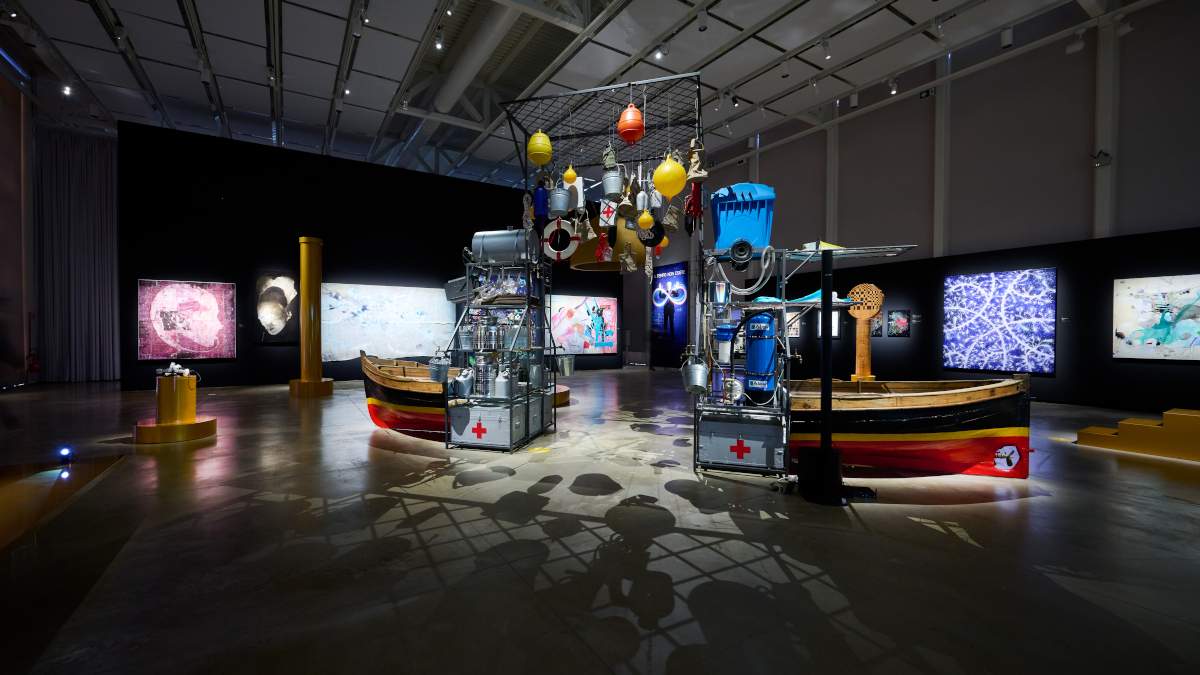


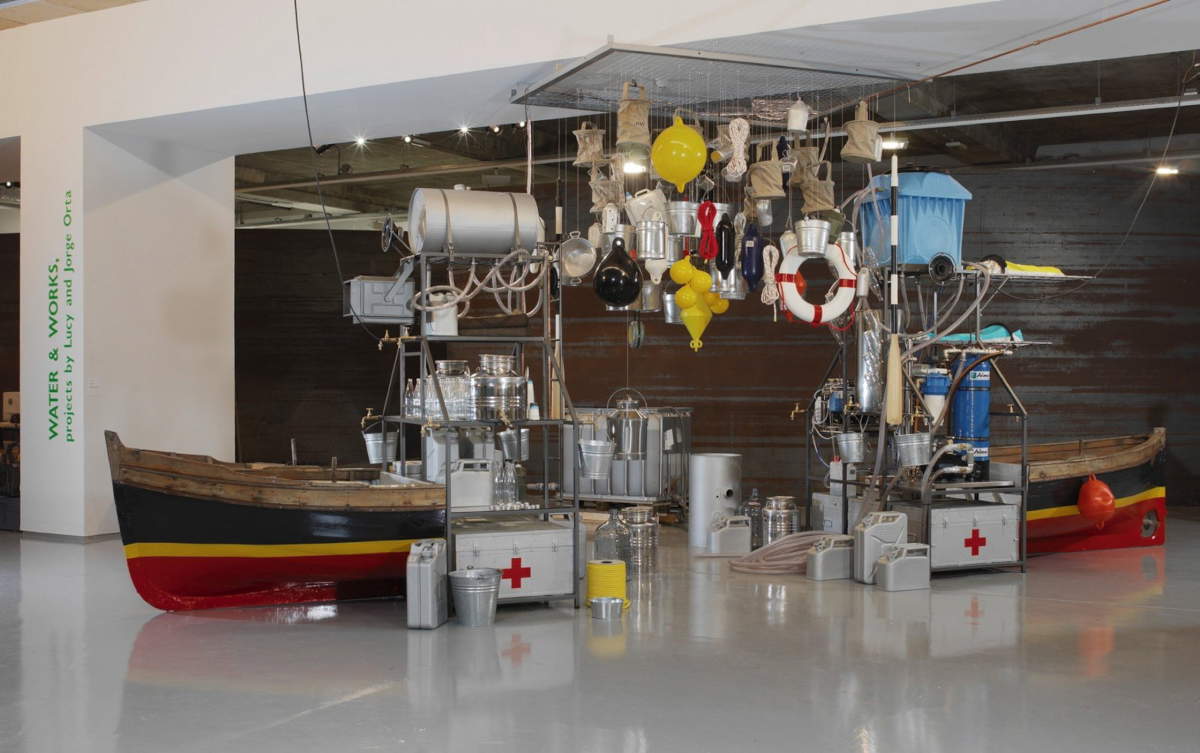
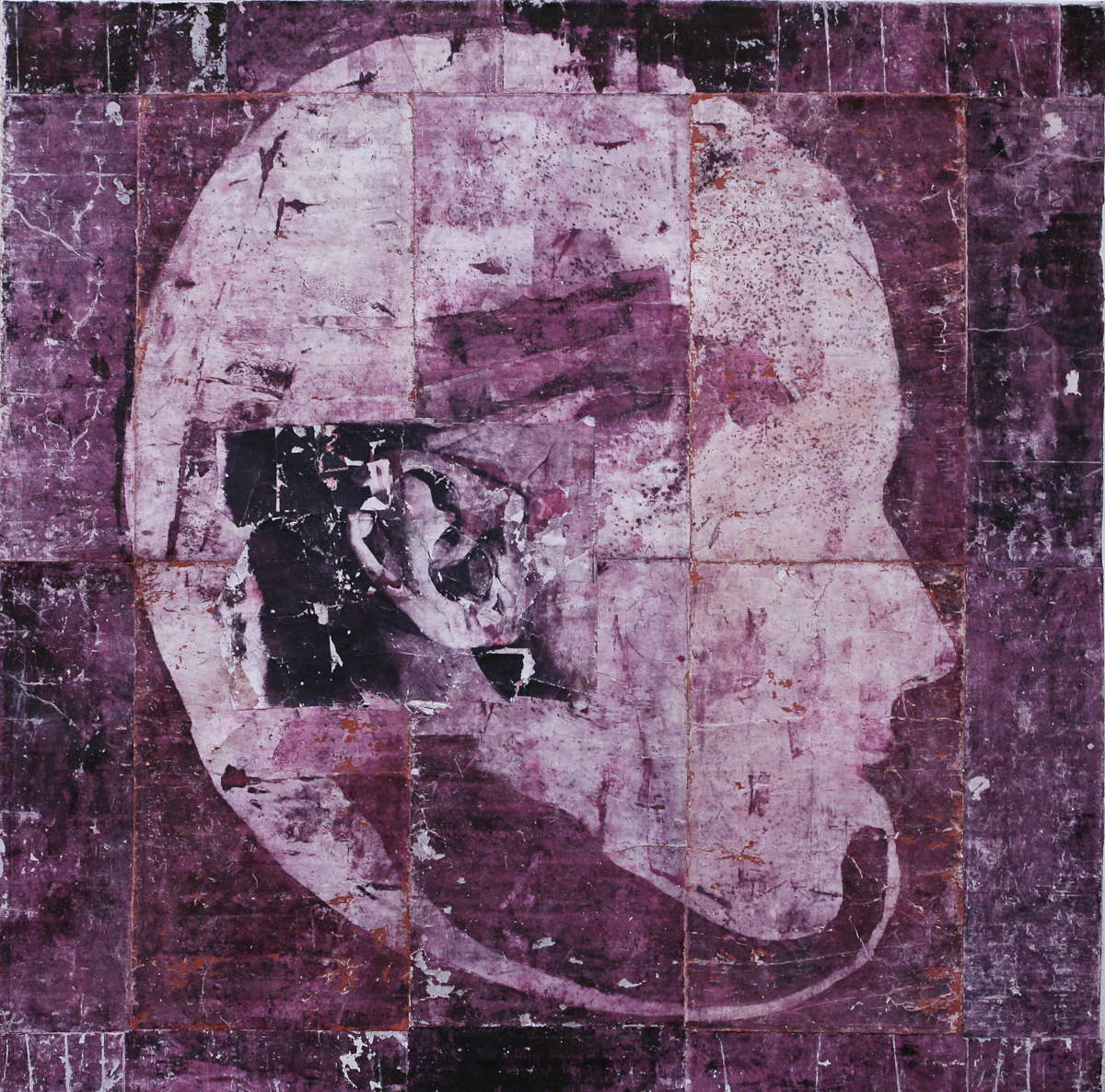
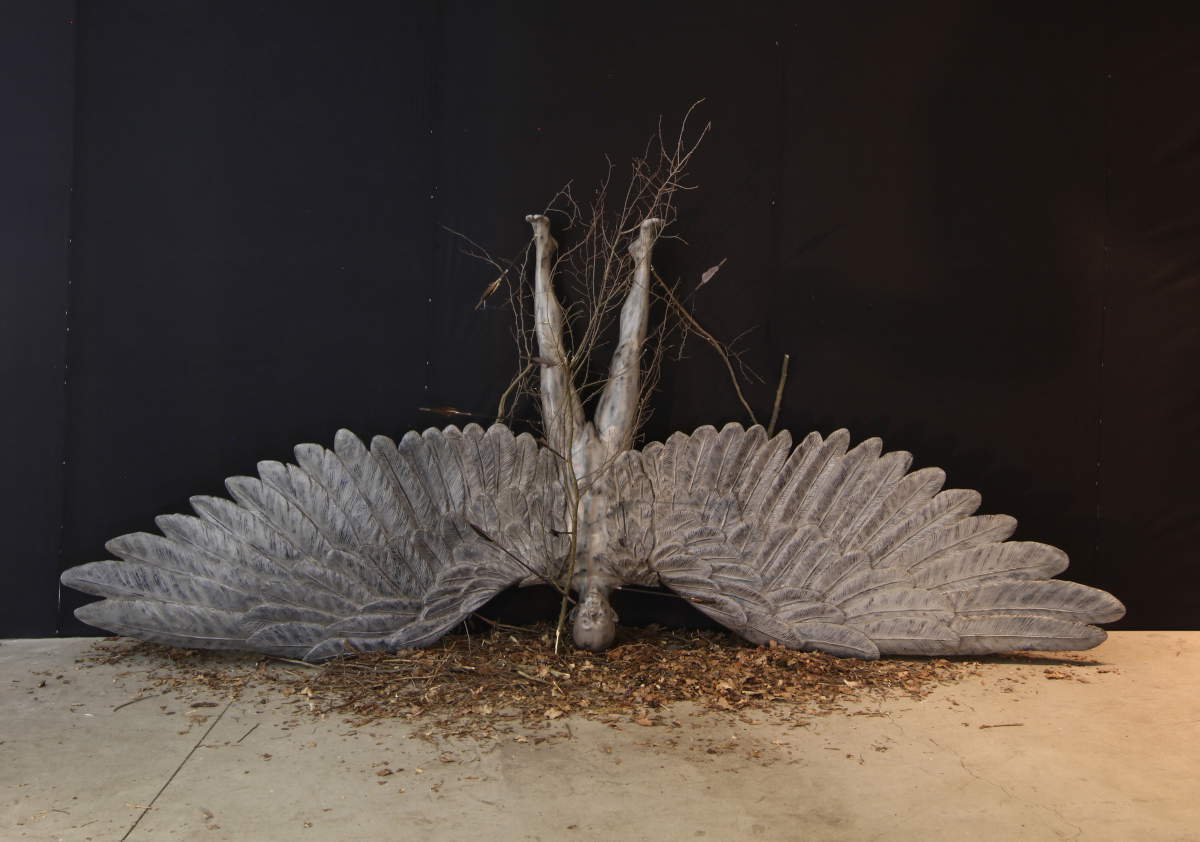
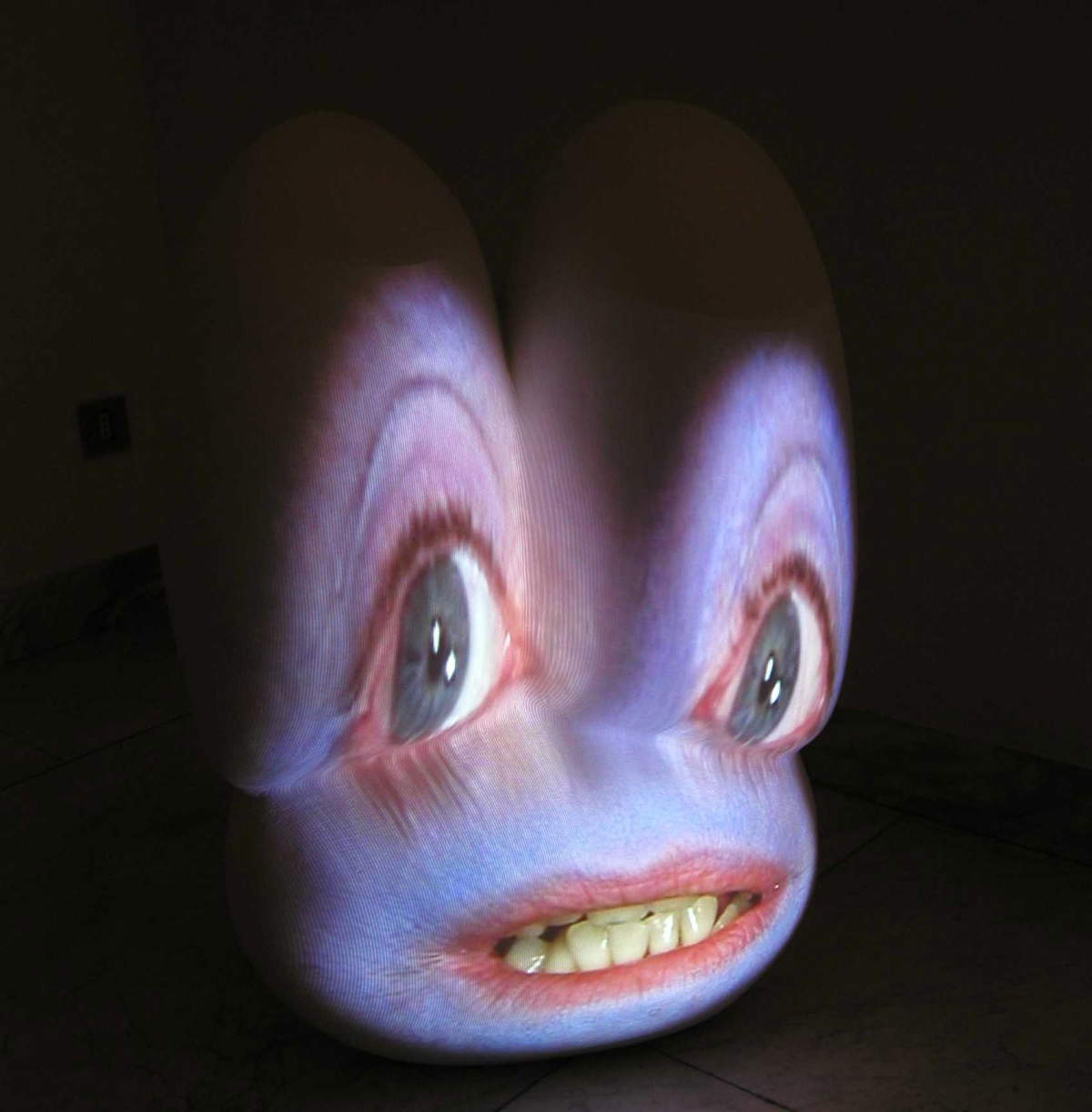
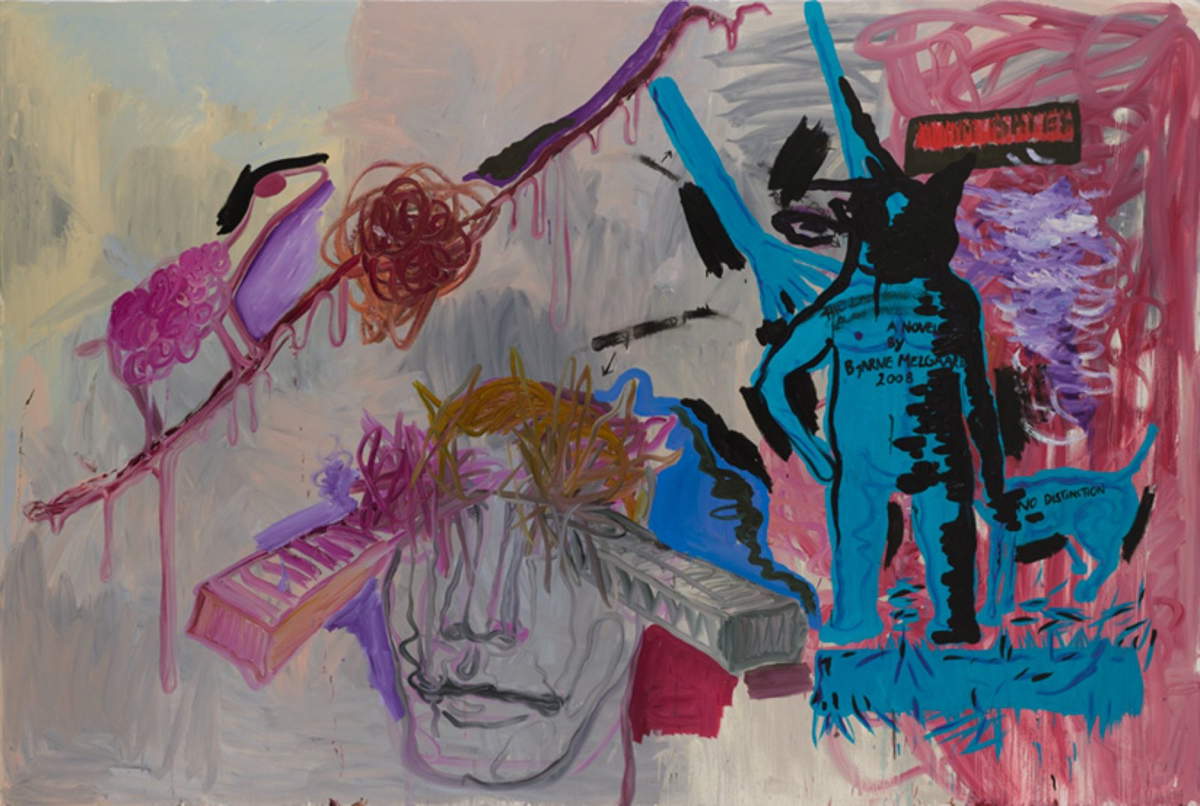
 |
| The Golinelli Foundation pays tribute to its founder. On display are works from his multifaceted collection |
Warning: the translation into English of the original Italian article was created using automatic tools. We undertake to review all articles, but we do not guarantee the total absence of inaccuracies in the translation due to the program. You can find the original by clicking on the ITA button. If you find any mistake,please contact us.